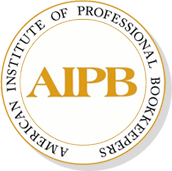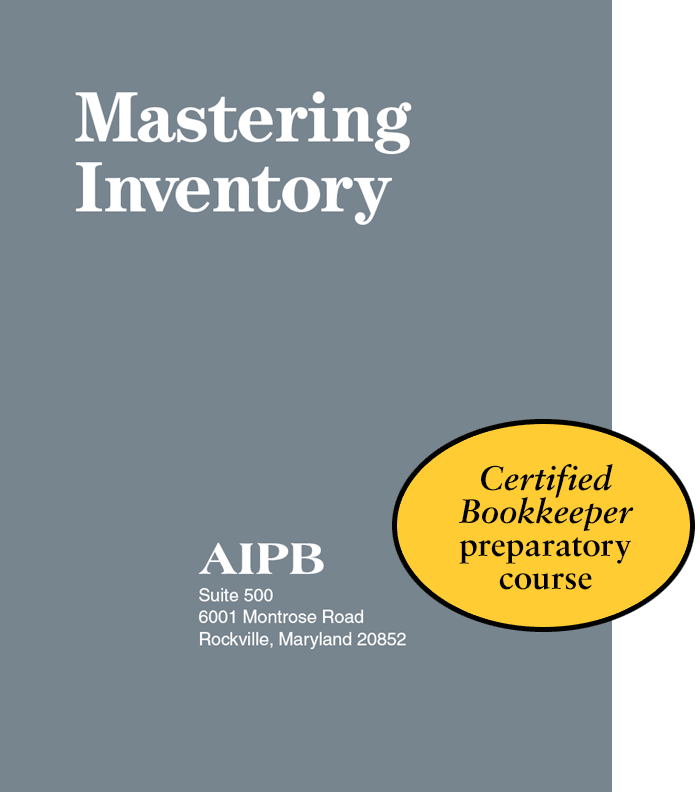196 pages [94 self-teaching + 102 self-quizzes with detailed answers]
Section 1: Introduction. What to include in merchandise costs, when and how to record the journal entries. How inventory is reported on the income statement as cost of goods sold and on the balance sheet as ending inventory.
Section 2: The perpetual method. How to compute and record journal entries for purchases (net or gross) . . . sales . . . purchase discounts . . . returns and allowances . . . customer sales returns . . . and inventory shrinkage.
Section 3: The periodic method. How to compute and record journal entries for purchases (net v. gross), sales, discounts, returns and allowances, sales returns, inventory shrinkage and closing out the inventory-related accounts at year end.
Section 4: Weighted average costing. How to compute ending inventory and COGS using weighted average costing (periodic method) and moving average costing (perpetual method).
Section 5: First-in, first-out (FIFO) costing. Clear explanations of FIFO under the perpetual v. periodic method, including how to compute and record purchases, sales, COGS and ending inventory.
Section 6: Last-in, first-out (LIFO) costing. How to compute and record purchases, sales, COGS, ending inventory and LIFO layers. When and how to compute LIFO liquidations.
Section 7: The lower of cost or net realizable value (LCNRV) rule. How to compute and apply LCNRV by item v. group v. total inventory. How to handle purchase commitments that are followed by a decline in the value of inventory, then a recovery.
Publisher: AIPB



CHERYL –
I would have like a little more in-depth coverage.
Upvote if this was helpful (0) Downvote if this was not helpful (0) Flag for removal
CLAIRE –
Helpful –
Upvote if this was helpful (0) Downvote if this was not helpful (0) Flag for removal